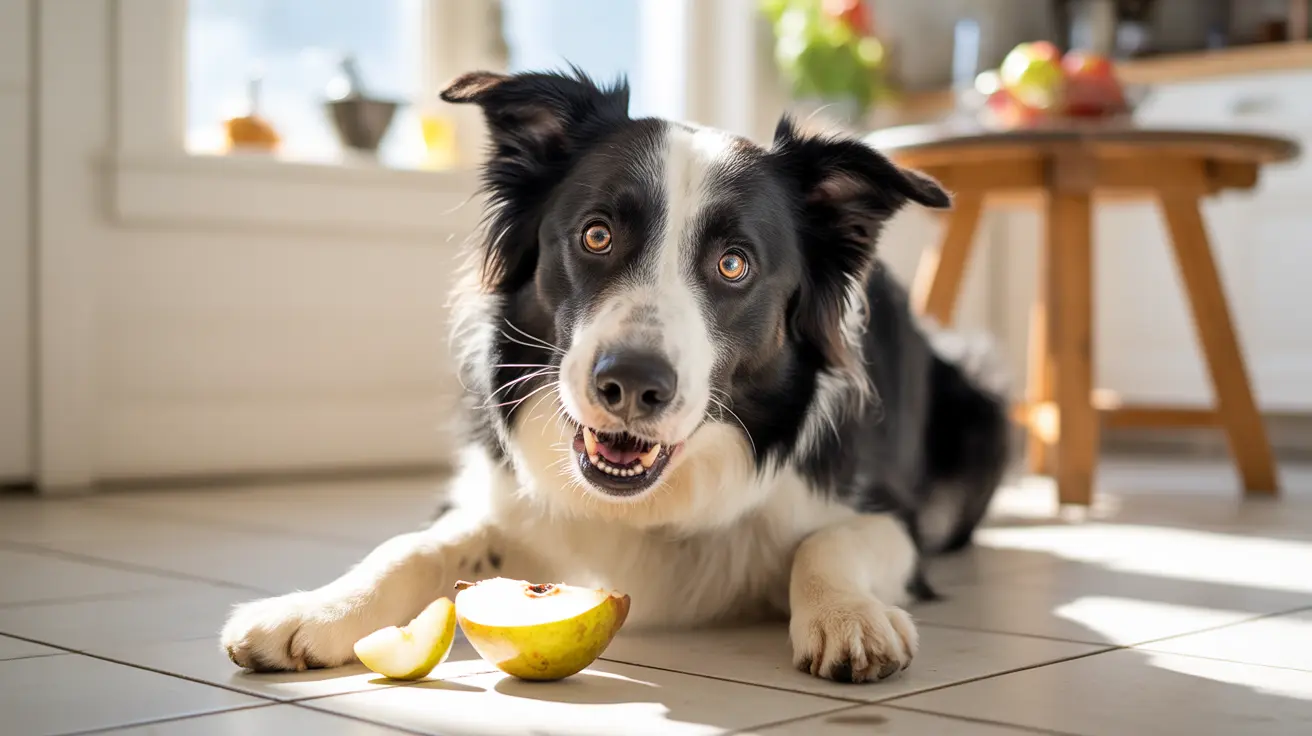Understanding the Most Common Cause of Bloat in Dogs
Bloat in dogs, medically referred to as Gastric Dilatation and Volvulus (GDV), is a serious and potentially life-threatening condition that every dog owner should be aware of. It primarily affects large, deep-chested dog breeds and can progress rapidly, making prompt recognition and treatment crucial to a dog’s survival.
What is GDV?
Gastric Dilatation and Volvulus occurs when a dog’s stomach becomes distended with gas (dilatation) and then twists (volvulus). This rotation traps the gas and fluids inside the stomach, obstructing their exit and severely affecting blood flow. This interruption in circulation can lead to shock, tissue death, and ultimately death within hours if untreated.
Breeds at High Risk
Certain breeds are genetically predisposed to developing GDV:
- Great Danes
- Saint Bernards
- Irish Setters
- German Shepherds
- Standard Poodles
- Weimaraners
Owners of these breeds should be especially vigilant and consider preventative measures.
Risk Factors Beyond Breed
Other contributing factors to GDV include:
- Eating one large meal per day
- Rapid eating
- Advanced age
- High levels of anxiety
- Family history of bloat or GDV
- History of splenectomy
These factors make it imperative to adapt feeding and care habits accordingly.
Symptoms to Watch For
- Distended abdomen
- Unproductive vomiting or retching
- Restlessness and pacing
- Excessive drooling
- Weakness or collapse
Any of these symptoms warrant immediate veterinary attention. Time is of the essence when dealing with GDV.
Diagnosing GDV
A veterinarian can diagnose GDV through a physical examination and imaging studies such as abdominal X-rays. The key signs on imaging include a distended, gas-filled stomach and twisted anatomy.
Treatment Options
The standard treatment involves immediate surgery to untwist the stomach. During this surgery, a gastropexy—a procedure to attach the stomach to the abdominal wall—is typically performed to prevent recurrence.
What is a Gastropexy?
Gastropexy is a preventive or emergency surgical procedure that anchors the stomach to the right abdominal wall. This prevents it from twisting again in the future and significantly reduces recurrence rates.
Types of Gastropexy
- Incisional Gastropexy: Sutures attach the stomach to the abdominal wall. This is the most common approach.
- Belt-loop Gastropexy: A stomach flap is passed through a tunnel in the abdominal wall.
- Circumcostal Gastropexy: A flap is tunneled behind a rib for fixation.
- Laparoscopic Gastropexy: Minimally invasive procedure involving tiny incisions and an endoscope, allowing for quicker recovery.
Prevention Through Prophylactic Gastropexy
Gastropexy can be done as a preventative measure, especially in high-risk breeds:
- Often performed during spay or neuter surgery
- Typically done between 6–12 months of age
This preemptive surgery dramatically reduces the risk of life-threatening volvulus. Great Danes, for instance, are up to 30 times less likely to die from GDV if they’ve had a preventative gastropexy.
Postoperative Care
After surgery, dogs generally recover within 2 to 6 weeks. Post-operative care includes:
- Restricted activity
- Clean and dry incision
- Pain management and antibiotics
- Use of a recovery cone
- Feeding small, frequent meals
Alternative Preventive Measures
While gastropexy is the most effective prevention, other strategies include:
- Multiple small meals daily
- Slow feeders to prevent rapid eating
- Feeding at ground level
These steps may help reduce the risk of bloat but do not eliminate the possibility of GDV as gastropexy does.
Conclusion
Gastric dilatation and volvulus is the most common cause of bloat in dogs and a true veterinary emergency. Understanding the risk factors and symptoms is crucial for prompt treatment and prevention. Gastropexy has emerged as the most reliable intervention, especially in susceptible breeds. For concerned pet owners, discussing preventative options with a veterinarian could be a life-saving decision.





